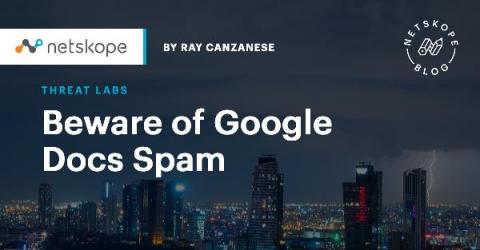Ryuk and Splunk Detections
Several weeks ago, my good friend Katie Nickels (Director of Intelligence at Red Canary extraordinaire) and I were chatting about Ransomware. She was super interested and passionate about some new uses of a ransomware variant named “Ryuk” (first detected in 2018 and named after a manga/anime character) [1]. I was, to be honest, much less interested. It turns out, as usual, Katie was right; this was a big deal (although as you will see, I’m right too… still dull stuff!).









